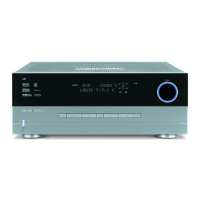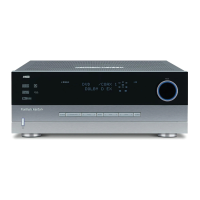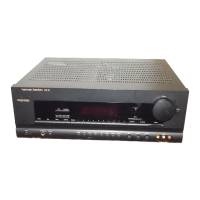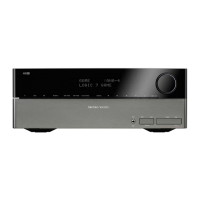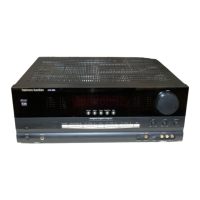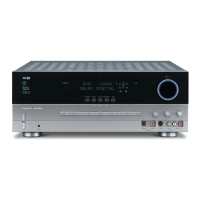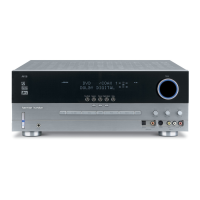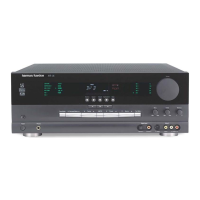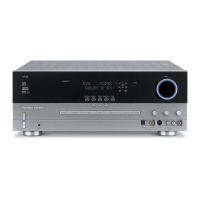CONNECTING THE 430
On
the rear panel of the 430 you will
find numerous receptacles, all clearly
and specifically marked with identifying
legends. Each of these will be dealt with
in
turn. For the moment, leave the power
cord of the 430 unconnected. Place the
430 on a shelf or table, or on the floor
near where it will finally be placed when
you've completed the connections. You
should leave enough working space
around it so you can make your
connections easily and comfortably.
Although the 430
is
a solid state
device, its powerful amplifiers and even
the dial scale illumination lamps will
generate heat. The 430
is
designed to
operate efficiently over a wide range of
ambient temperatures, but the heat it
generates must be allowed to escape to
prevent internal temperatures from rising
too high. Adequate ventilation must be
provided. If the 430 will operate on
an
open shelf,
no
special precautions need
be taken. If a shelf will exist above the
430, allow at least
1"
to 2" of free space
above the receiver. If the 430
wi
II
operate
in
a 3
or
5-sided (bottom, back, top and
sides) closed space, at least
2"
to
4"
of
free space should be allowed above it
and to either side.
In
custom-mounted
cabinet installations, adequate air flow
can be obtained by drilling a large cutout,
or
several small holes,
in
the surrounding
cabinetry, both above and below the
receiver (not in the 430
housing!!!).
Open back custom installations require
no
special attention. Finally, free air flow
through the bottom of the receiver must
be allowed. Never operate the 430
on
a
rug or cushion that could prevent air
from entering the bottom of the
receiver.
SPEAKER SYSTEMS
Preparing for Connections:
Choosing the right wire for connecting
your speakers to the receiver will assure
the best performance. We recommend
use of 18 gauge, stranded,
two-conductor
wire. This type
of
wire is often called
lamp,
or
"zip",
cord and is available at
most high fidelity stores
or
any electrical
supply store. 18 gauge wire is
thick
enough to allow lengths of up to 50 feet
to be used without affecting the low
frequency performance of your system.
For longer runs, we suggest thicker 16
gauge wire. If the length of wire you need
is
relatively short, you may use thinner
20
gauge wire for your installation,
although 18 gauge wire is preferred.
Lamp cord usually provides a
"code"
which is a means
of
identifying the
con-
ductors.
On
some brands the insulation
surrounding one of the conductors has a
rib, sharp
corner
(see
"a"),
or
indenta-
tions molded along its length (see
"b");
on others a thin, colored thread is molded
inside the insulator along with one
conductor (see
"c").
In
still other brands,
the two conductors are different colors
(see
"d").
Such wire will be very useful
in
"phasing"
your speaker systems.
Cut two lengths of wire of approxi-
mately equal size. Both should be long
enough to comfortably reach the speaker
that will be at the greatest distance from
the 430. Separate the conductors at each
end of the wire segments a distance of
about 2-3", then carefully remove about
one-half inch
of
insulation from each free
end. Twist the strands of each conductor
so they are smooth and tight without any
loose strands.
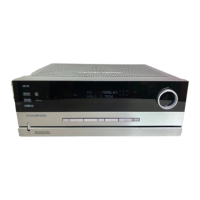
